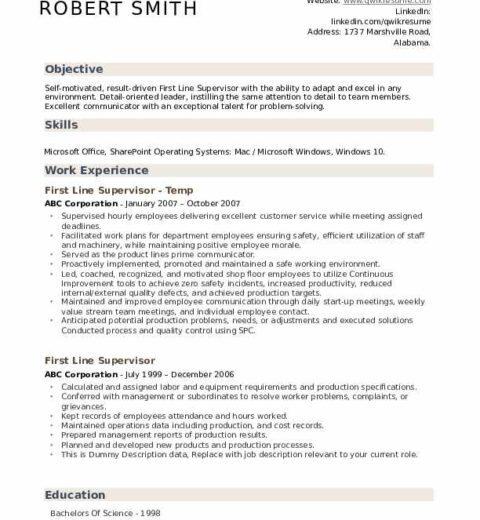Listing publications on a resume can often feel like a daunting task, doesn’t it? Many professionals grapple with how to effectively showcase their contributions to their respective fields. But, listing publications is not merely a matter of inclusion; it’s an art form that reflects your academic prowess and expertise. How can you present your accomplishments in a manner that stands out to potential employers while maintaining professionalism?
First, it’s critical to understand the importance of publications in the professional realm. Whether you are an academic, scientist, or industry expert, published works can serve as a testament to your knowledge, dedication, and authority in your field. They can differentiate you from other candidates whose resumes might be laden with experience but lack substance. Therefore, knowing how to format and list these publications adeptly is crucial. Let’s embark on this journey of refinement.
**1. Understand the Different Types of Publications**
Before delving into formatting, it is paramount to categorize the various types of publications. Academic journals, conference papers, books, technical reports, and even digital publications can find a place on your resume. Each type carries a different weight and should be listed accordingly. For instance, peer-reviewed journal articles are often viewed as more prestigious compared to blog posts. Knowing where to classify your work can affect its perceived value in the eyes of prospective employers.
**2. Select Relevant Publications**
While it might be tempting to list every publication you’ve ever written, a discerning approach is advised. Quality over quantity reigns supreme when it comes to a resume. Focus on those publications that are most relevant to the position you are applying for. Consider the interests of your target audience. This not only demonstrates your qualifications but also your understanding of the role’s requirements.
**3. Use a Consistent Format**
The format in which you present your publications can heavily influence the readability of your resume. Consistency is key! A common and widely accepted format for listing publications is as follows:
- Author(s). (Year). Title of the publication. Journal Name, Volume(Issue), page numbers.
- Author(s). (Year). Title of the Book. Publisher.
- Author(s). (Date). Title of the Conference Paper. In Proceedings of the Conference Name (pp. page numbers).
Each segment should be meticulously crafted to ensure clarity. Unifying the presentation style across all entries allows for effortless perusal by hiring managers who may be reviewing numerous resumes.
**4. Include Critical Details**
While the format is essential, omitting critical information could leave potential questions lingering in the mind of the reader. Always include the following:
- The authorship – Make sure to highlight your name and appropriately position co-authors.
- The year of publication – This gives context and shows the currency of your research.
- The title – Be succinct yet informative; avoid excessive jargon that could obfuscate your main points.
- Publication Source – Include the name of the journal or publisher to enhance credibility.
- Volume and issue number – This helps potential readers locate your work.
**5. Categorize Your Publications**
To enhance the readability of your resume, consider creating subsections within your publications list. For example, if you’ve published in various formats, you can categorize them such as:
- Peer-Reviewed Journals
- Conference Proceedings
- Book Chapters
This categorization not only creates an organized appearance but also assists recruiters in quickly assessing your expertise in relevant areas.
**6. Keep it Updated**
Your resume is a living document. As you continue to engage in your field, it’s necessary to maintain an up-to-date list of your publications. Regularly revisiting and refreshing this section ensures that it accurately reflects your most recent contributions, which is especially important in fast-evolving fields.
**7. Consider Alternative Listings**
While traditional resumes are often straightforward, today’s competitive landscape sometimes requires a bit of creativity. Some professionals opt to create a personal website or a digital portfolio where they can maintain a dynamic list of publications. This can serve as an extension of your resume, allowing you to provide accessible links to your work. However, be mindful of the expectations of the industries you are targeting. In rigorous academic fields, simplicity and uniformity might be preferred.
**8. Be Prepared to Discuss Your Publications**
Finally, it is essential to be prepared for discussions surrounding your publications during interviews. Potential employers may seek to engage you on the themes, methodologies, or implications of your work. Being able to succinctly elaborate on your publications showcases not only your expertise but also your passion for your field. This can set you apart as a candidate who is not just a title on a page but an engaged and knowledgeable professional.
In summation, listing publications on a resume is a nuanced task that requires attention to detail, consistency, and strategic thinking. By adhering to the aforementioned guidelines, you’ll not only enhance the presentation of your written works but also elevate your professional profile in the eyes of potential employers. So, armed with your newly honed skills, are you ready to transform your resume into a veritable testament of your academic achievements? Step forth and make your publications shine!




